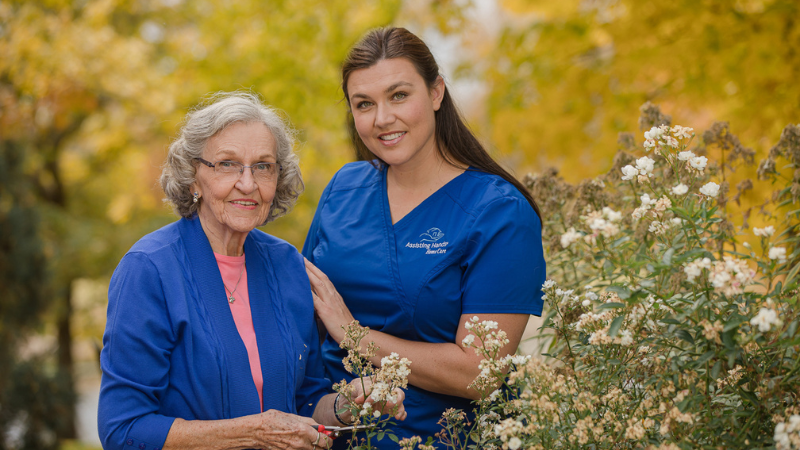Internal bleeding is a critical medical emergency that requires immediate intervention. When the internal bleeding is left untreated, serious consequences can result, such as coma, organ failure, and death.
Causes of Internal Bleeding
Internal bleeding without visible signs can be especially dangerous to seniors due to age-related physiological changes, such as frail blood vessels, slower healing, and underlying health conditions. Here are some of the common causes of internal bleeding in seniors:
- Trauma and Injuries:
- Falls or accidents may cause bleeding within the skull (e.g., subdural hematoma) or abdominal cavity, with no external signs.
- Medical Conditions:
- Aneurysms: Internal bleeding can occur when blood vessels rupture in the brain (cerebral aneurysm) or abdomen.
- GI Bleeding: While some cases result in visible signs, others remain hidden, detected only through symptoms like anemia.
- Blood Disorders:
- Coagulation disorders may lead to hidden internal bleeding in muscles, joints, or organs.
- Medications:
- Blood thinners can increase the risk of internal bleeding in areas like the brain or gastrointestinal tract, even without external symptoms.
- Age-Related Fragility:
- Fragile blood vessels in the elderly are more prone to rupture, leading to bleeding inside body cavities.
- Cancer:
- Some cancers, such as those affecting the liver or pancreas, may cause internal bleeding that goes unnoticed until symptoms like pain or fatigue arise.
- Infections and Organ Ruptures:
- Severe infections or ruptures of organs, like the spleen or liver, can result in internal bleeding without visible signs
Professional Home Care

Our senior care agency provides comprehensive non-medical in-home care to help keep seniors healthy, comfortable, and safe. Caregiver responsibilities include providing transport and escort to medical clinics and doctors’ offices, where they can be treated for internal bleeding or other health conditions.
We assist with personal hygiene tasks, like toileting and dressing. Caregivers prepare nutritious, high-fiber meals, serve beverages to keep seniors hydrated, perform light housekeeping, and give medication reminders. Companion care is included so older adults remain socially engaged and active.
